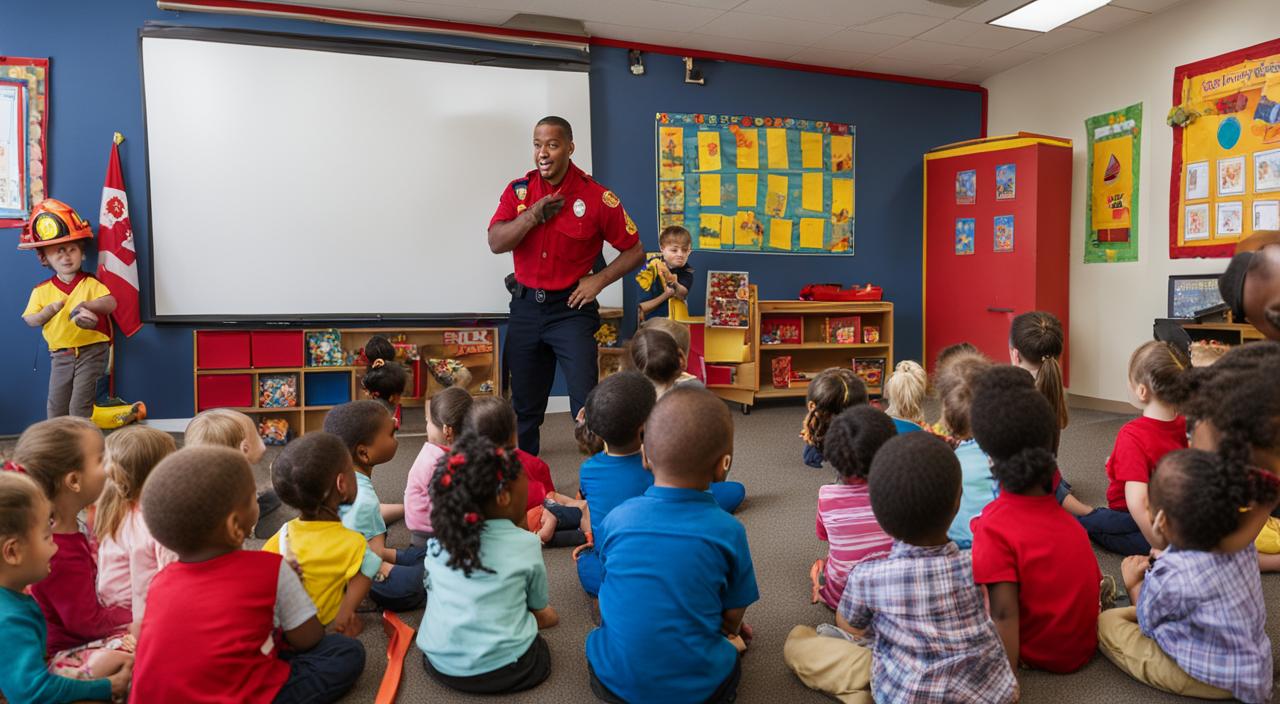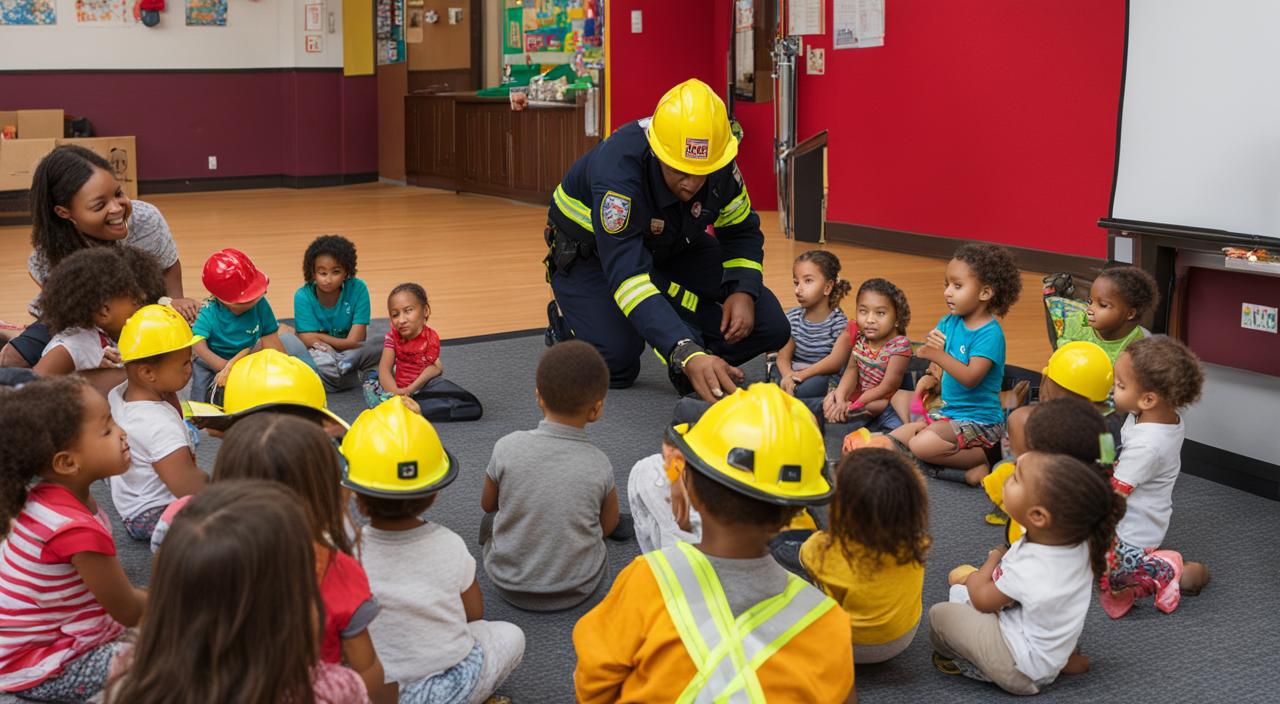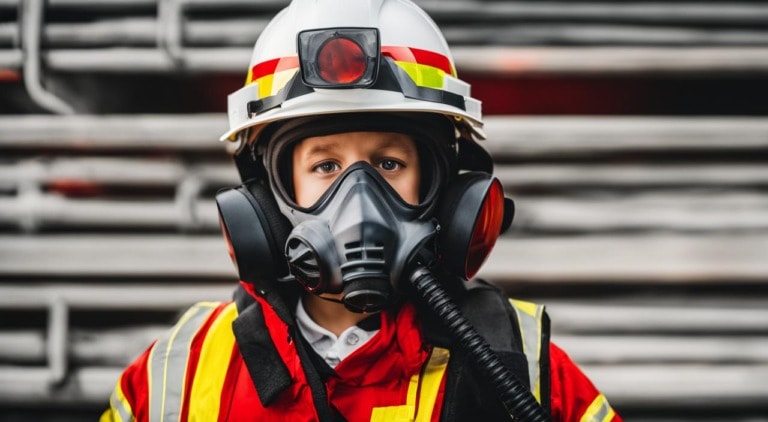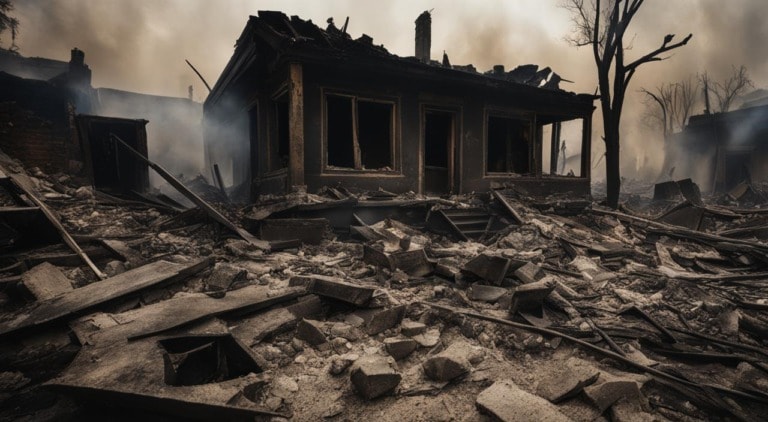
Teaching preschoolers about fire safety is crucial for their well-being. The play is safe! be safe! preschool program, developed by Fireproof Children in collaboration with the BIC Corporation and other experts, focuses on keeping preschoolers safe in a fire and preventing fire play.
One of the key fire safety tips for preschoolers is to teach them to go to a firefighter in an emergency. Explain what firefighters wear why, and how they can help during a fire. It’s also important to encourage children to crawl low under smoke in case of a fire and teach them to stop, drop, and roll if their clothes catch fire.
Furthermore, emphasizing to children that matches and lighters are tools only for adults to use can prevent accidents. Providing opportunities for children to learn about firefighters and fire safety by arranging tours to the local fire station or inviting firefighters to the classroom can also enhance their firefighter awareness.
The play is safe! be safe! program offers workshops, free activities for children, and a multimedia kit with fire safety lessons. By following these fire safety tips and participating in fire safety programs, preschoolers can develop essential fire prevention skills and stay safe in emergencies.
Importance of Fire Safety Education for Preschoolers
Fires and burns pose significant risks to preschoolers, making it vital to prioritize fire safety education for this age group. By teaching children about fire safety, we can empower them with the knowledge and skills necessary to prevent accidents and respond effectively in case of an emergency.
Prevention Strategies
- Install smoke alarms on every level of the home, near sleeping areas, and in each bedroom. Regularly test the alarms and replace batteries annually to ensure their effectiveness.
- Ensure children understand the sound of smoke alarms and what to do when they hear them, emphasizing the importance of evacuating the building quickly.
- Store matches and lighters out of children’s reach and sight. Teach children that these items are tools only for adults to use and instruct them to immediately inform an adult if they find them.
- Keep children away from flames and heat sources, such as stoves and burning candles, to reduce the risk of burns.
Safe Escape and Emergency Response
- Teach children how and when to call 911 in case of a fire and the importance of providing clear information to the emergency operator.
- Practice fire drills with children at least twice a year to familiarize them with evacuation procedures. Teach them primary and secondary escape routes, stressing the importance of crawling along the floor to escape from rooms filled with smoke.
- Emphasize the importance of evacuating the building during a fire and not returning inside for belongings, ensuring children understand the priority is their safety.

By prioritizing fire safety education, we can empower preschoolers with the knowledge and skills to prevent fires and respond appropriately in case of an emergency.
Implementing prevention strategies such as installing smoke alarms, keeping matches and lighters out of reach, and teaching safe behaviors around flames will significantly reduce the risk of fires and burns.
Additionally, educating children about emergency response procedures, including calling 911 and practicing fire drills, will ensure they know how to react swiftly and safely in case of an incident.
Together, we can create a fire-safe environment for preschoolers and provide them with lifelong skills that will protect them from potential hazards.
Creating a Fire-Safe Environment for Preschoolers
Ensuring a fire-safe environment for preschoolers is of utmost importance to protect their well-being. Implementing the following fire safety practices and prevention strategies will help keep young children safe from fire hazards:
Install Smoke Alarms
Install smoke alarms on every level of your home, inside bedrooms, and near sleeping areas. Regularly test the alarms to ensure they are functioning properly, and remember to replace the batteries as needed. Additionally, it is advisable to install carbon monoxide alarms as well to detect this invisible danger.
Create a Fire Escape Plan
Develop a comprehensive fire escape plan and discuss it with your preschooler. Identify multiple exits from each room and establish a designated meeting place outside the home. Conduct home fire drills at least twice a year to practice the escape plan, ensuring that children understand how to evacuate safely in case of a fire.
Childproof Your Home
Take necessary steps to childproof your home and minimize fire hazards. Keep flammable items away from stovetops and unplug small appliances when not in use.
Maintain a safe distance between burning candles and anything that can catch fire, and always extinguish candles before leaving the room or going to sleep. Store matches and lighters out of children’s reach to prevent accidents.
By creating a fire-safe environment through the installation of smoke alarms, the implementation of a fire escape plan, and childproofing your home, you can greatly reduce the risk of fire incidents and ensure the safety of preschoolers in your care.






